Mark Sanborn, CSP, CPAE, is an international bestselling author and award-winning keynote speaker on leadership, customer service, business growth, and organizational performance.
Mark has given more than 3,000 presentations in every US state and in 14 countries. He is a New York Times bestselling author of eight books, including The Fred Factor, which has sold over two million copies worldwide.
Mark has developed numerous video and audio training programs, which are currently taught by Crestcom International in 90 countries. He is also the Leadership Expert in Residence at High Point University.
The President of Sanborn & Associates, Inc., an idea lab dedicated to developing leaders in business, Mark has been hailed as one of the top leadership experts in the world.
Mark holds the Certified Speaking Professional designation from the National Speakers Association (NSA) and is a member of the Speaker Hall of Fame. He was honored with the Cavett Award, the highest honor the NSA bestows on its members, in recognition of his outstanding contributions to the speaking profession.
Mark’s list of clients includes renowned brands such as Costco, Enterprise Rent-a-Car, FedEx,Harley-Davidson, Cisco, KPMG, Morton’s of Chicago, New York Life, RE/MAX, ServiceMaster,ESPN, GM, IBM, Avnet, St. Jude Children’s Research Hospital, Sandvik, and John Deere.
Mark is married to Darla, and they have two adult sons, Hunter and Jackson. They also have a perpetual puppy named Tini, whose bark is bigger than her bite.

